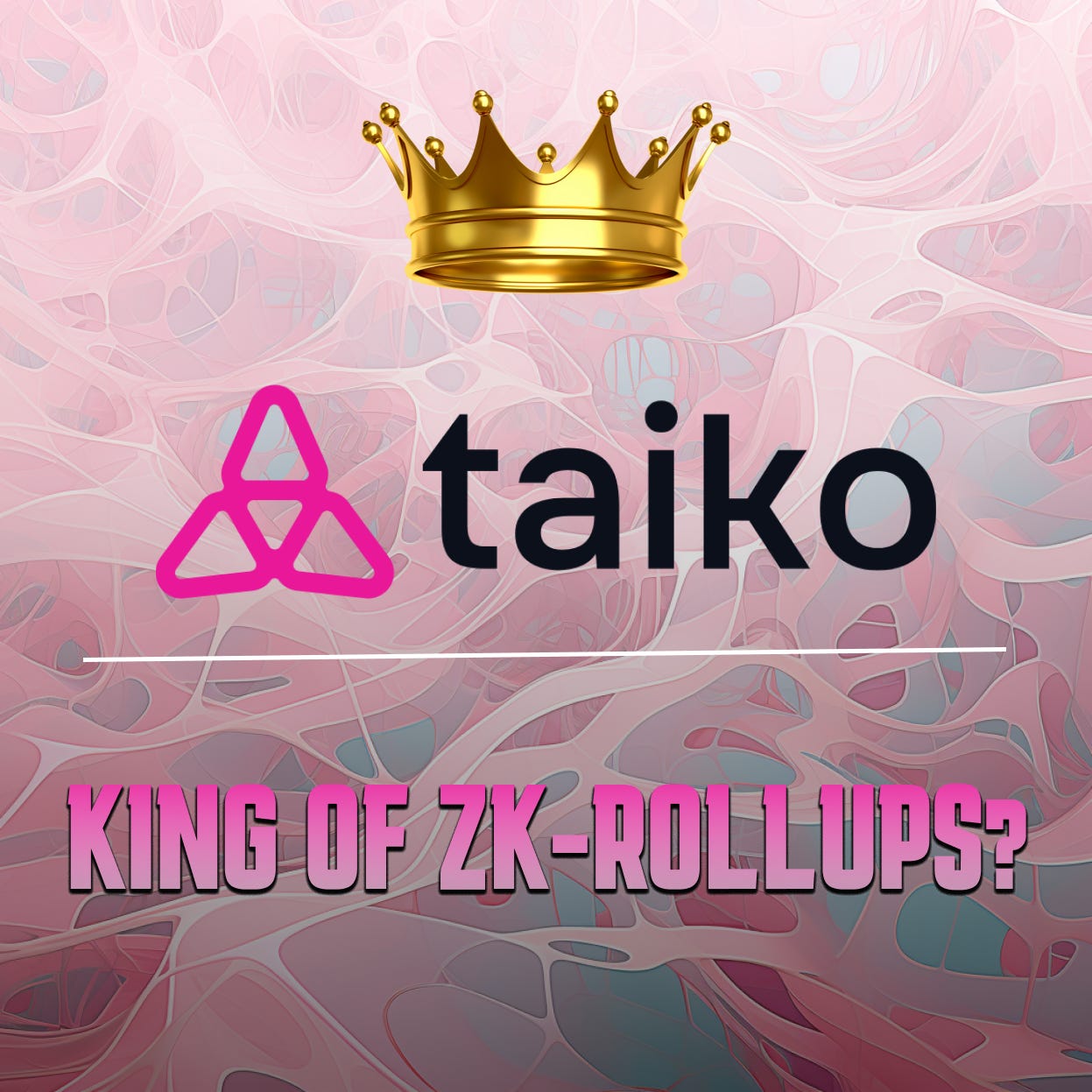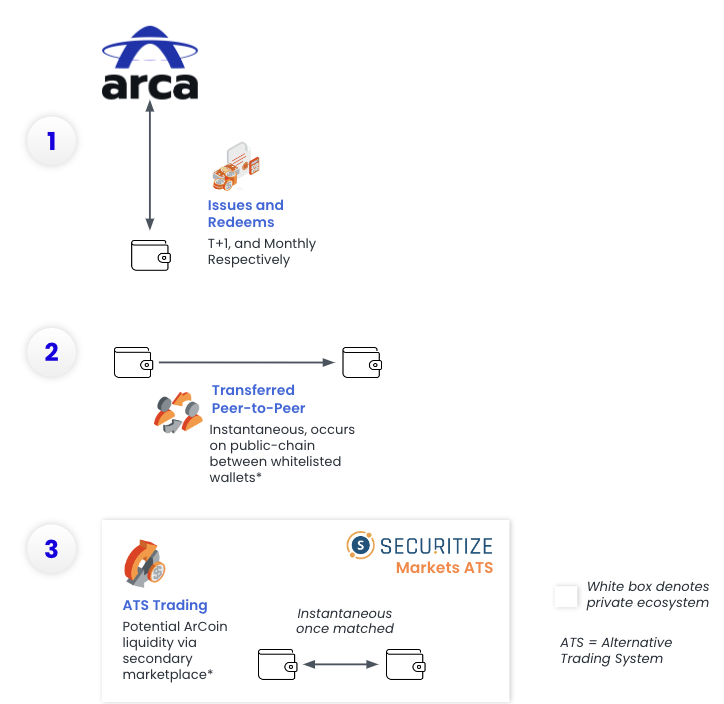Research Summary
The report discusses Taiko, a decentralized EVM-equivalent ZK-rollup that stands out due to its compatibility with the Ethereum Virtual Machine (EVM). Taiko’s architecture is identical to Ethereum, and it continually mirrors future Ethereum developments. The report also delves into Taiko’s architecture, its network participants, and its unique approach to block proposals and verifications. It also highlights Taiko’s multi-proof system and its roadmap.
Key Takeaways
Taiko’s EVM Compatibility and Architecture
- EVM Compatibility: Taiko is a fully EVM-compatible platform, categorized as a Type 1 zk-evm, meaning it is “Ethereum-equivalent”. This compatibility makes Taiko attractive to developers as it ensures perfect VM compatibility and compatibility in terms of hashing algorithm, signature scheme, and storage data structures.
- Architecture: Taiko’s architecture is built on three pillars: zk-evm circuits for proof generation, the L2 rollup node managing the rollup chain, and the protocol smart contract on L1, connecting the two to verify the rollup protocol.
Network Participants and Block Proposals
- Network Participants: Taiko’s network consists of Proposers, Provers, and Node Runners. Proposers construct rollup blocks from transactions on L2 and propose them to L1. Provers generate ZK-SNARK proofs for the validity of L2 transactions and blocks. Node Runners execute transactions from on-chain data to transition the state of the chain.
- Block Proposals: Taiko uses Ethereum L1 validators to propose blocks, maximizing its level of decentralization. It also has a set of rules to map a proposed block into an L2 block deterministically after a block has been proposed.
Block Verification and Proving Blocks
- Block Verification: In Taiko, all blocks are deterministic and can be proven in parallel. Once a proof is verified and the parent block is finalized, the block itself is marked as finalized. All the data necessary to reconstruct the last state of Taiko is publicly available on Ethereum.
- Proving Blocks: Before proposing a block, proposers need to negotiate with potential provers. The selected prover then becomes that block’s “assigned prover”, entering a social contract. If the assigned Prover fails to prove a block, it then becomes “open” after 90 minutes and any Prover is able to prove it.
Taiko’s Multi-Proof System
- Multi-Proof System: Taiko uses a multi-proof system to mitigate the drawbacks of slow proving. It avoids using zk proofs for every block by allowing users to deposit a TKO bond when they believe a block is valid and are ready to be challenged. If there’s no challenge to this assertion, this transition can be used to verify a block. Only if there’s a challenge on the validity of the block, then Taiko resorts to a zk proof.
Actionable Insights
- Investigate the Potential of Taiko: With its EVM compatibility and unique architecture, Taiko presents a compelling case for developers and investors interested in the Ethereum ecosystem. Its approach to block proposals and verifications, as well as its multi-proof system, could offer significant advantages in terms of efficiency and cost-effectiveness.
- Consider the Implications of Taiko’s Decentralization: Taiko’s commitment to decentralization, as evidenced by its use of Ethereum L1 validators to propose blocks, could have significant implications for the broader blockchain ecosystem. This approach could potentially enhance security and trust in the network.
- Assess the Impact of Taiko’s Multi-Proof System: Taiko’s multi-proof system, which minimizes the need for computationally expensive zk proofs, could have a significant impact on transaction speed and cost. This system could potentially make Taiko a more attractive option for developers and users alike.












